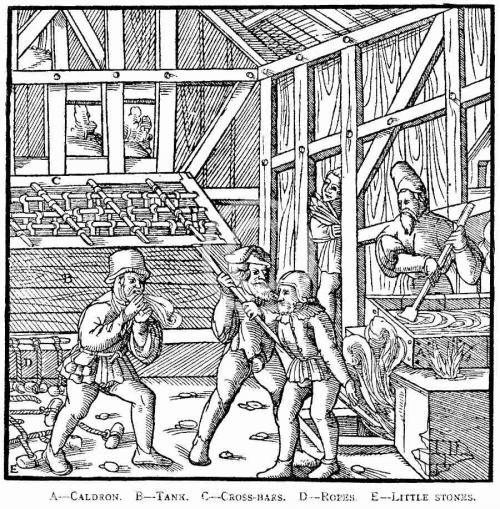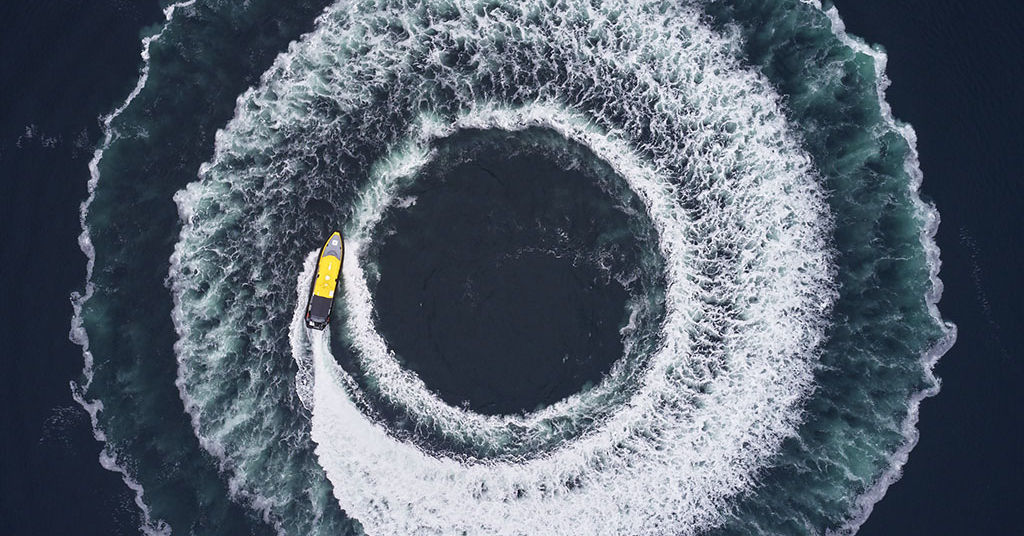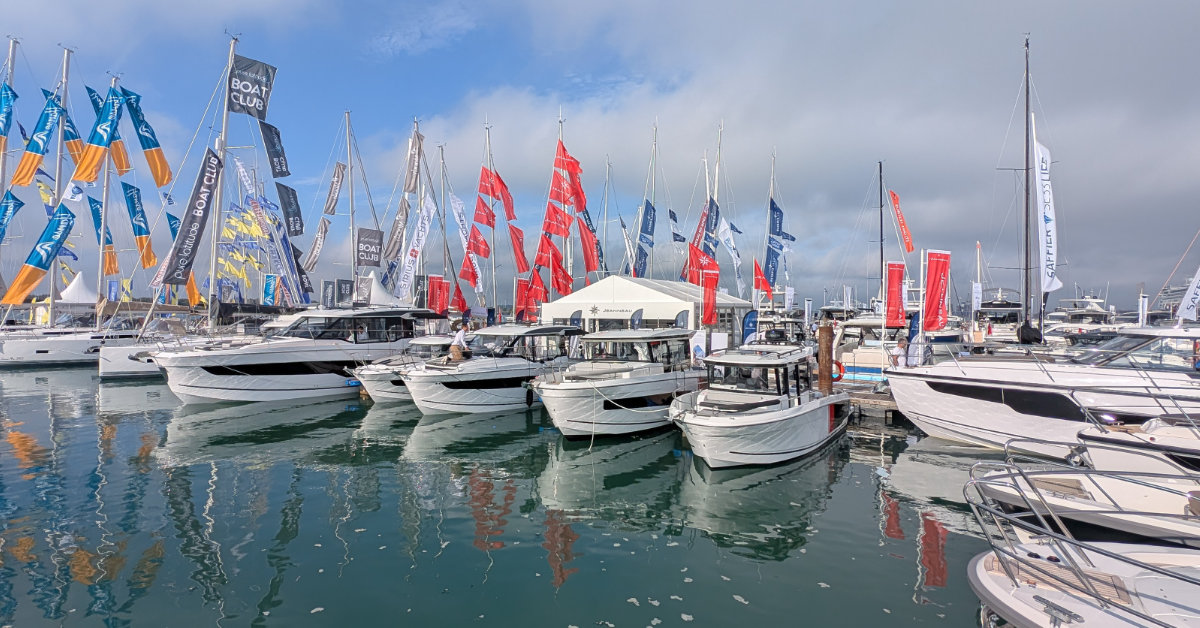Home » News & Events »
Copperas Road in Brightlingsea is the main drag through Shipyard Estate that leads directly to Morgan Marine. Strangely, we rarely refer to it in our address details, as being the largest boat yard in Brightlingsea and therefore Shipyard Estate, we are very easy to find! The name Copperas Road though has always been intriguing to us…. most of the road names in the town tend to have a nautical flavour or relate to various types of industry the town has harboured over the centuries. (i.e Oyster Tank Road – where the local Oyster catch would be purified in large tanks – prior to the industries decimation after the big freeze in 1963 when it was possible to walk from Brightlingsea Hard to Point Clear, on the iced over estuary. Take a look at this fascinating vintage newsreel for more information on this)
https://player.bfi.org.uk/free/film/watch-oyster-fishing-at-brightlingsea-1963-online
So, some investigation was in order! The road name in fact commemorates the now long-gone Copperas works at Brightlingsea. One Philip Morant, an 18th century historian of Essex refers to it in 1768, and a ‘Copperas House’ is marked on the 1777 Chapman and Andre map.
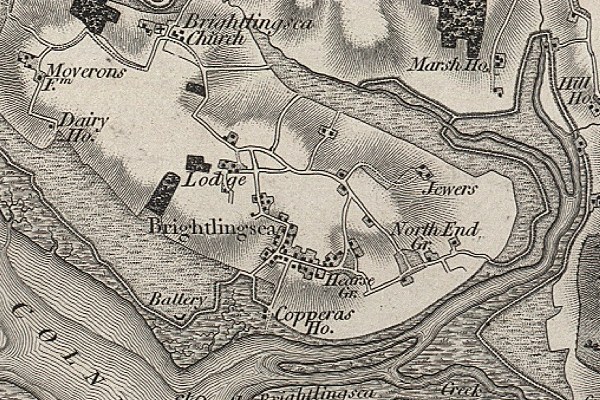
The Copperas industry was an important industry in eighteenth century Essex. It involved gathering of Pyrite nodules (commonly known as Fools Gold but also in this instance as ‘Copperas stones’ – technically bisulphide of iron, FeS2) from local beaches, where they had been washed out of the London Clay, and then allowing them to oxidise for several months in open vats. This lengthy and hazardous industrial process converted the nodules to ferrous sulphate (green vitriol), which was an essential chemical for making dyes, ink, and several industrial chemicals such as sulphuric acid. It is claimed that it was the world’s first industrial chemical process – over a century before the Industrial Revolution.
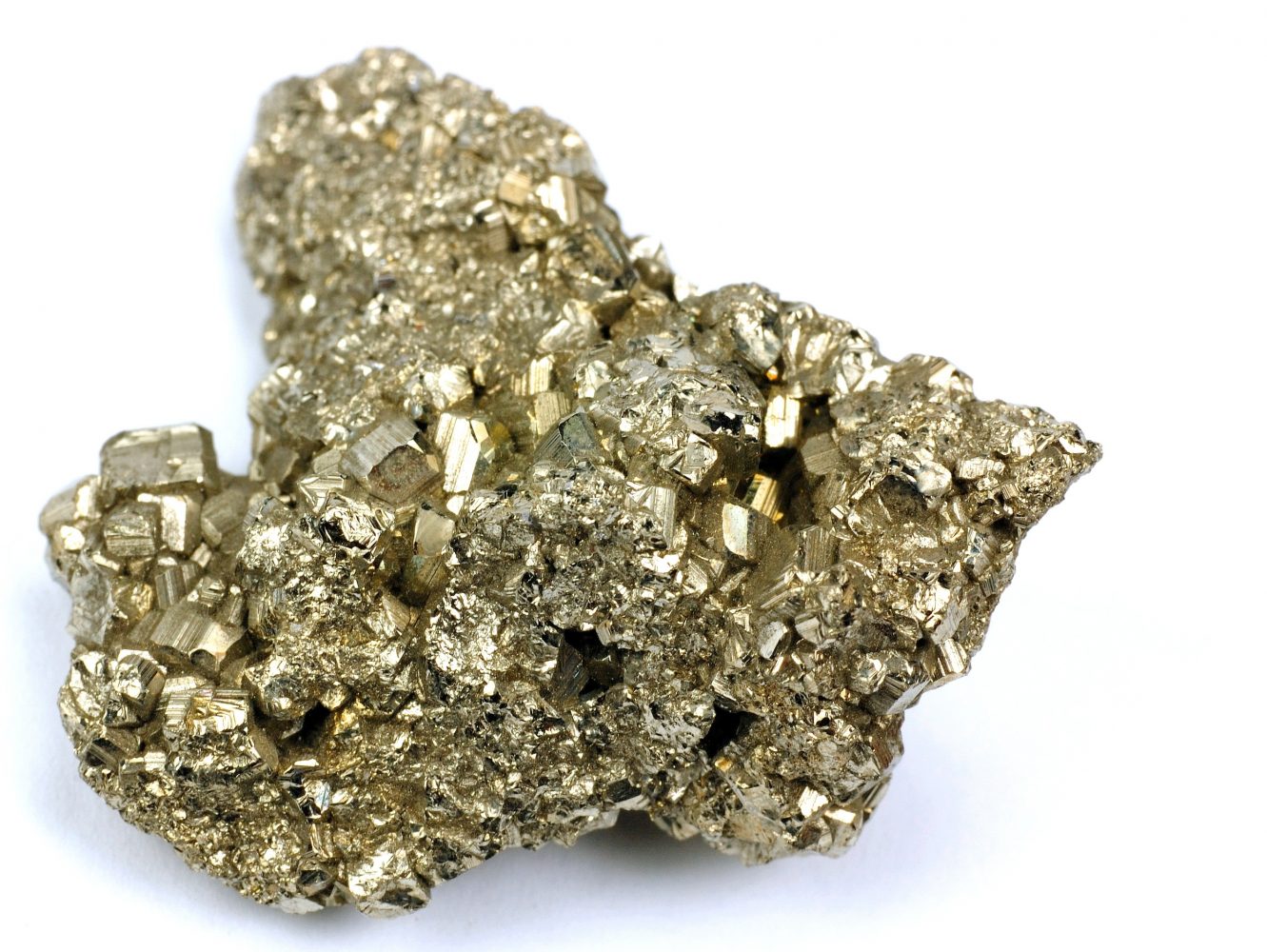
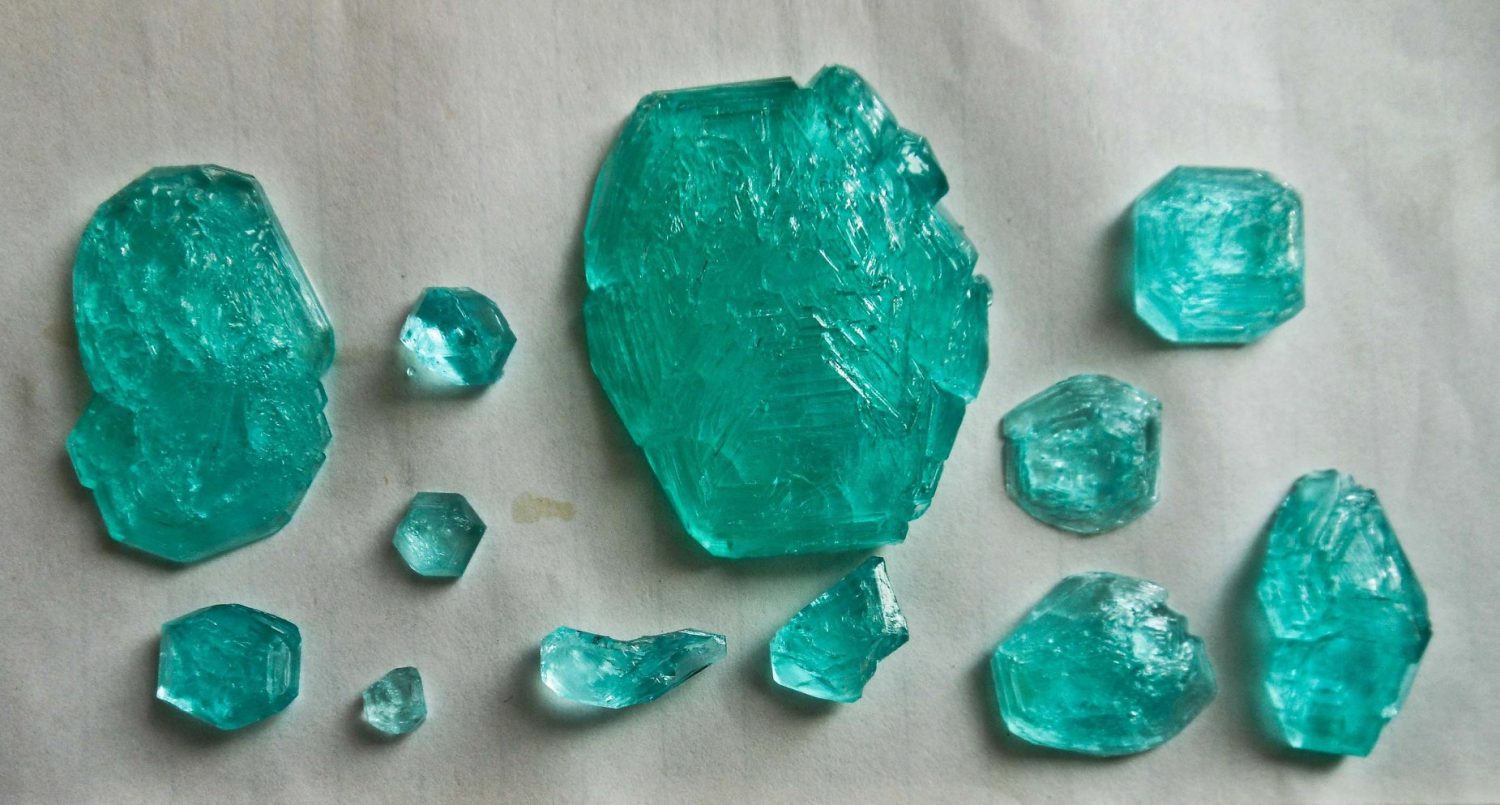
It is claimed that Copperas was manufactured in Brightlingsea as early as 1542. In 1674, the famous Essex naturalist John Ray published an account of refining metals and minerals in England and in this book, he describes the technical aspects of Copperas manufacture at Brightlingsea: The pyrite stones were first packed into heaps with scrap-iron in large rectangular wooden containers and then moistened. The action of the air, water and bacteria oxidised the pyrites into ferrous sulphate (green vitriol or Copperas) and sulphuric acid. The solution was then removed to leaden tanks or boilers. Extra scrap iron could be added to react with the sulphuric acid and produce more ferrous sulphate. The water was evaporated by heat to concentrate the solution. It was then removed again to a cooler, where wooden rods or branches were placed into the liquid, causing Copperas to crystallize on them. The Copperas crystals could then be scraped off and packed into barrels for shipping.
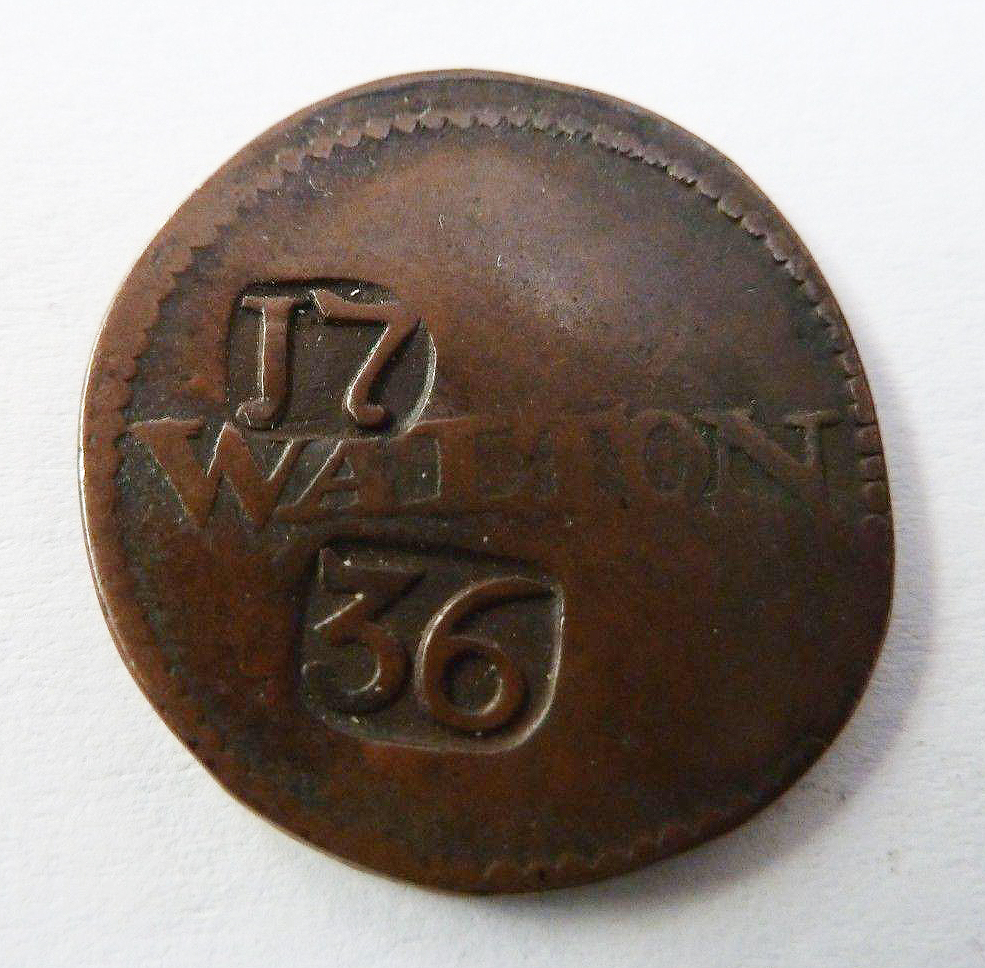
Copperas pickers were often paid in ‘Copperas tokens’ (as shown).The inscription 1736 Walton *I*K means John Kirby, the owner of the Walton Copperas House at that time, and owner (like the Hopkins family before him) of the copperas house in Copperas Road, Brightlingsea. Paupers as well as Wives and children of fishermen were often employed to gather the Pyrite nodules from the beaches. The collected stones were normally gathered into heaps on the shore where they remained until they were eventually loaded onto flat bottomed barges, or hoys, which were used to transport them the short distance along the coast to one of the local Copperas Houses. Its assumed the tokens were redeemable for usable currency probably at Copperas House although it’s also possible the workers could only use them against food and goods supplied by the company…
In 1848, the miller John Archer built a sloop for exporting Copperas stones, still being collected locally, although by 1850 the Copperas works had closed.In the 1870’s and 1880s the Archer family purchased the rights to collect Copperas stones from the shore at Harwich, although the industry had by then been long in decline. The stones were still being processed in Ipswich and London however.
A small bit of Brightlingsea history, that maybe wasn’t so small after all!
back to posts

